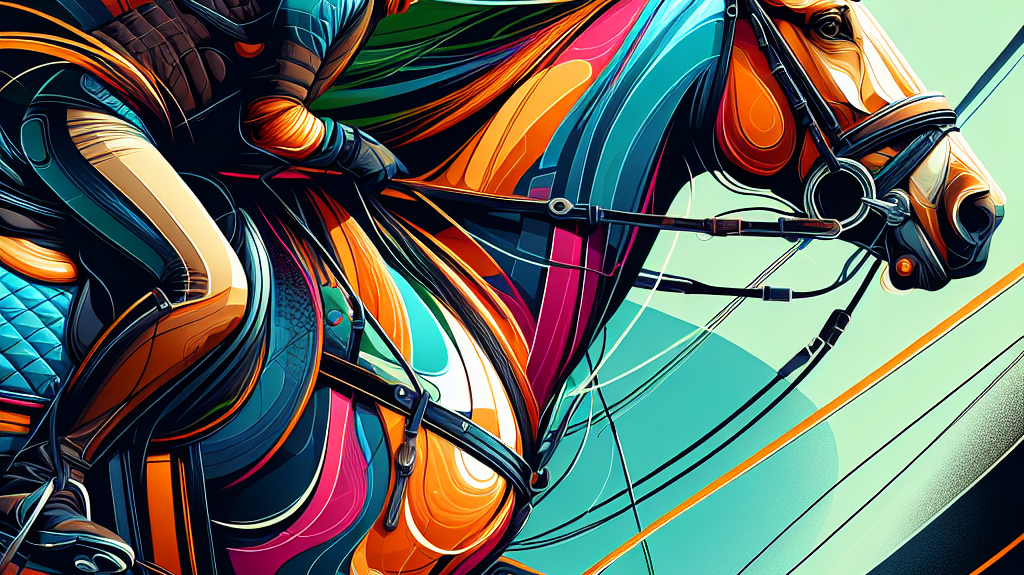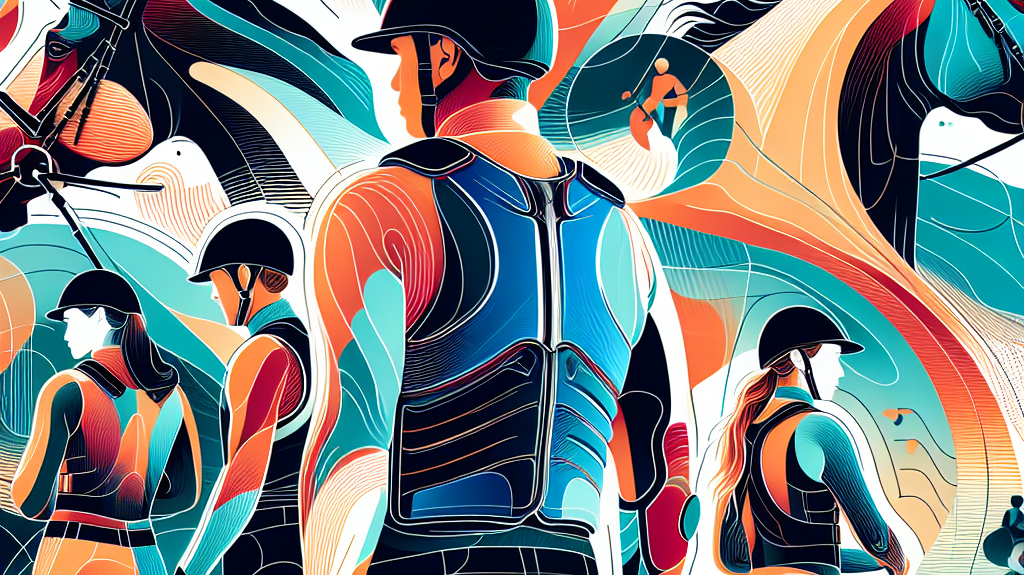Exploring the Thrilling World of Olympic Eventing
As the world gears up for the next Olympic Games, equestrian enthusiasts are eagerly looking forward to the eventing competition. This fascinating sport merges skill, strategy, and a profound bond between the horse and rider. Dive into the captivating world of Olympic eventing, exploring its rich history, rules, and notable achievements. Get ready, because here we go!
A Journey Through Olympic Eventing's History
Olympic eventing has been a cherished part of the Olympic Games since its debut in 1912. Over the past century, the sport has evolved dramatically—changing rules, upgrading equipment, and enhancing safety standards. Despite these transformations, the essence of eventing remains untouched: navigating a challenging course of dressage, cross-country, and show jumping while showcasing the impeccable partnership between horse and rider.
The Contemporary Structure and Its Intricate Rules
Modern-day Olympic eventing is fiercely competitive. The top 25 participants advance to the Individual Jumping Final, held after the Team Jumping Final. One crucial rule allows for substitutions of horses due to medical or veterinary reasons, albeit with penalty points.
**Fun fact:** The event draws widespread international attention, with a whopping 27 countries competing. These are divided into 16 teams, consisting of 65 horse/athlete combinations, plus 11 individual representatives. That's a lot of hoof beats and heartbeats!
Making History with Notable Achievements
The annals of Olympic eventing are filled with remarkable feats. Australia, Germany, Great Britain, and the USA each boast four team victories. Impressively, Australia holds the record for most consecutive team wins, clinching titles at three successive Olympics from 1992 to 2000.
**Germany** leads the pack with five individual titles. Consistency seems to be their middle name, highlighted by Michael Jung's back-to-back wins in 2012 and 2016, and Julia Krajewski's historic victory in 2020 as the first female to take the individual Olympic Eventing title.
Ground-Breaking Moments That Shaped Eventing
The sport has had its share of ground-breaking moments. In 1964, Lana du Pont shattered gender barriers by becoming the first woman to compete in an Olympic three-day event. Fast forward to 2020, Julia Krajewski made history as the first woman to win the individual Olympic Eventing title. These trailblazers have not only earned their spots in the history books but have also inspired countless others.
A Balanced Playing Field: Gender Composition
One promising trend in Olympic eventing is the increasing participation of female riders. For Paris 2024, female riders are projected to make up a substantial 31.51% of participants. This uptick symbolizes the growing recognition and opportunities for women in equestrian sports. Indeed, the future is not just bright; it’s also delightfully balanced!
Research Opportunities: Unearthing Deeper Insights
As one delves deeper into Olympic eventing, several areas beckon for further exploration. These topics offer a treasure trove of insights, beckoning both enthusiasts and scholars alike:
- History of Olympic Eventing: A comprehensive study tracing the evolution of the sport from its inception to the present day.
- Training Regimens for Olympic Eventing Horses: Insightful exploration into the rigorous training methods used to prepare horses for the demanding Olympic eventing competitions.
- Profiles of Top Eventing Riders and Their Horses: In-depth profiles that highlight the achievements and strategies of top eventing riders and their equine partners.
- The Evolution of Eventing Equipment and Safety Standards: A study depicting how equipment and safety standards have evolved over the years to make the sport safer and more competitive.
- Comparative Analysis of Eventing Regulations Across Major Equestrian Competitions: Comparing and contrasting the different regulations to understand the unique aspects of each major competition.
- Role of Women in Equestrian Sports: An examination of women's participation, achievements, and challenges in the world of equestrian sports.
- Effects of Urbanization on Equestrian Training Facilities: Investigating the impact of urbanization on training facilities, discussing resulting challenges and emerging opportunities.
- Veterinary Advances and Their Impact on Eventing Horse Longevity: Exploring how advances in veterinary care have contributed to the longevity and performance of eventing horses.
- Economic Impacts of Hosting Equestrian Events in the Olympics: Analyzing the benefits, challenges, and overall economic impact of hosting equestrian events during the Olympics.
- Psychological Preparation of Riders and Horses for High-Stakes Competitions: Delving into the mental strategies and techniques used by riders and horses to prepare for the intense pressures of Olympic-level competition.
Conclusion
Olympic eventing is an enchanting blend of skill, strategy, and an unbreakable bond between horse and rider. With its rich history, contemporary structure, and remarkable achievements, it continues to capture hearts worldwide. As we gallop towards the future, there are numerous avenues for exploring and understanding this captivating sport even deeper.
For more about Olympic eventing, visit the original article at Horse & Rider - 24 Olympic eventing facts.




